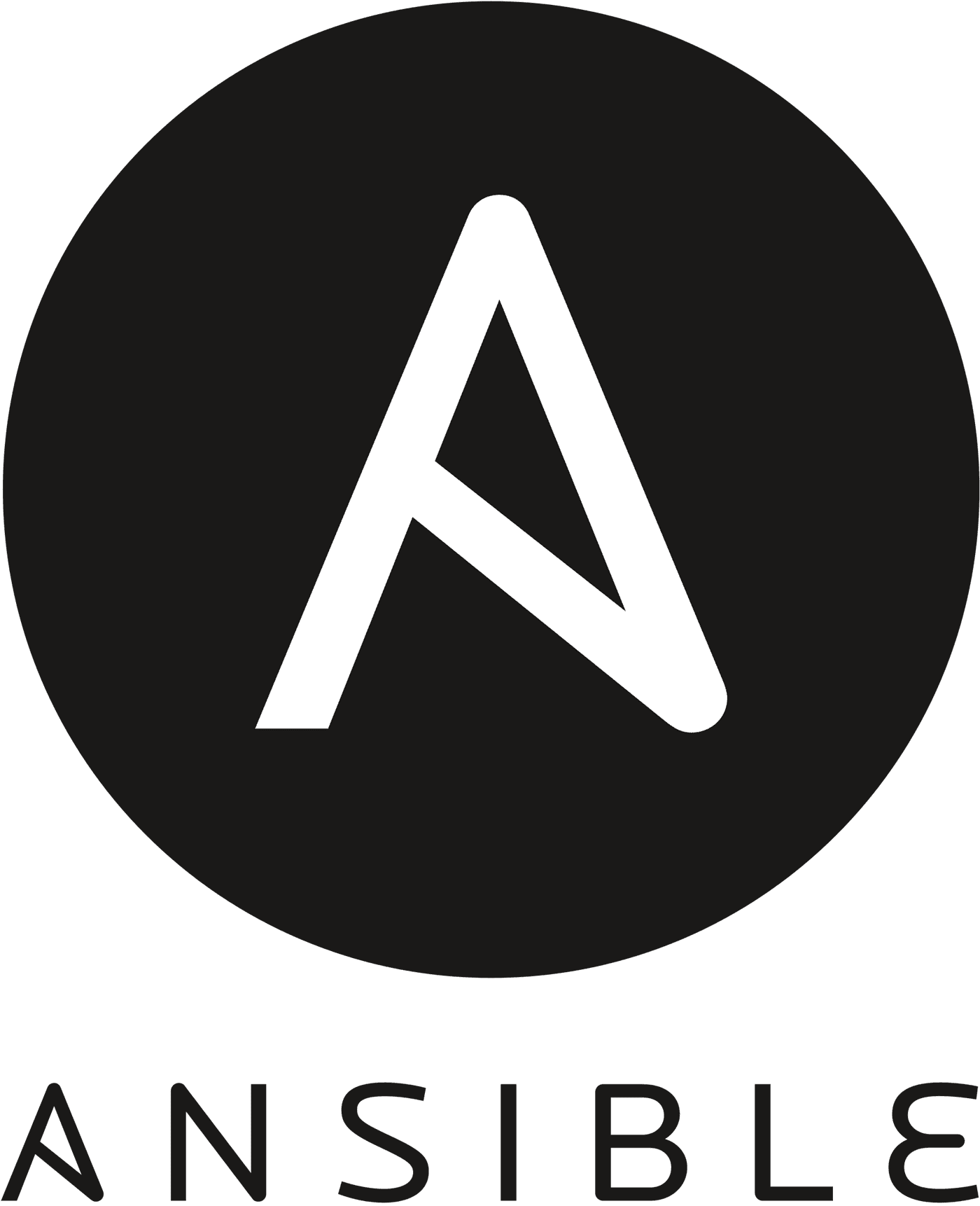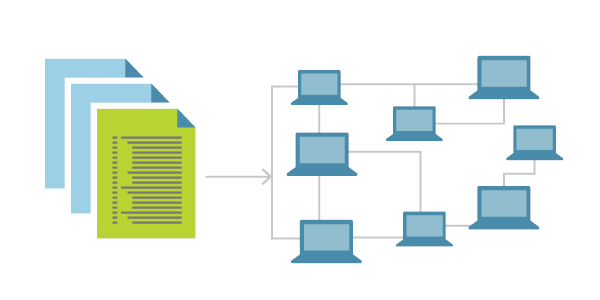Tag: Ansible
Ansible Setup: Configure Ansible for IT Automation via IaC

Whether you want to manage configurations of your on-premises or cloud hosted server, Ansible is one of the most reliable tools in its category. It is an open-source, cross-platform automation tool that has revolutionized how IT professionals manage their servers, offering streamlined workflows and improved productivity. As you ramp on this technology, be sure check our informative articles, What is Ansible and What Does it Do? and An Introduction to Ansible Playbooks.
What is Ansible and What Does it Do?
In today's world, automation is essential. IT environments are too complicated—and frequently need to scale too quickly—for system administrators and developers to keep up if they do everything by hand. Automating complex tasks makes them easier to complete, making developers' responsibilities more manageable. Therefore, IT automation will result in freeing them up to concentrate on other activities that benefit the organization.
Ansible is a free and open source automation tool that allows system administrators to configure and control hundreds of nodes from a centralized server without requiring installed agents. It uses the SSH protocol to communicate with remote nodes. Ansible is the preferred management solution over Puppet and Chef because of its ease of use and installation.
A Beginner’s Guide to Chef on CentOS 8
What is Chef?

Chef is an open-source configuration management DevOps tool used for configuration and management of multiple systems in infrastructure. Using Chef, we can use so-called recipes and cookbooks to automate and speed up managing multiple systems in our environment. By using Chef, we can adjust every system in our environment to our desired state, which we defined using the code in recipes. In the process, code is continuously tested and deployed using Chef.
How to Install Jenkins on Ubuntu 20.04
How to Install Jenkins on CentOS 8
What is Jenkins?
Jenkins is an open-source software written in Java and Scala. This software allows users the ability to automate almost any task and, it saves significant time that can be better utilized addressing other issues. When automating tasks with Jenkins, users can optimize their workflow by quickly automating the jobs that servers cannot do themselves. In this tutorial, we will learn how to install Jenkins on CentOS 8. We will also explore what its purpose is and share several benefits that Jenkins offers. We will then configure it to run on our CentOS 8 server.
An Introduction to Ansible Playbooks

Ansible is an open-source tool that uses playbooks to enable configuration management, software provisioning, and application deployment. It is primarily written in Python and was released in 2012. Ever since then, it has saved countless hours of often menial work of deploying and maintaining IT infrastructure. Overall, Ansible is very consistent, secure, reliable, and it requires a minimal learning curve. Simply put, Ansible is a powerful tool for automating apps and infrastructure. You can read more about general Ansible information in our recently published article.
What is Infrastructure as Code? (IaC)
Introduction: What is IaC?

Today we will become acquainted with a concept known as Infrastructure as Code. The idea of Infrastructure as Code is becoming more and more popular today. IaC is a method used to manage and provision a data center via defined machine-readable files instead of physical hardware configuration or other interactive configuration tools. This article will share what it is used for, why it is important, and why businesses strive to utilize this platform to achieve a desired set of results. It is essential to understand that we will consider both the theoretical and practical parts of IaC.
DevOps: A New Perspective on Shared Automation
What is DevOps?
DevOps is a set of various tools, practices, and ideals that combine software development (Dev) and IT Operations (Ops) into a single unifying force. It allows for better collaboration between developers, operations teams, system administrators, and system engineers. Their streamlined goal is to continually provide a high-value software product to the customer at high speed while monitoring and improving the overall process than using traditional software and infrastructure management.
How to Install and Configure Chef on Ubuntu 18.04
Introduction
In this article, we will be reviewing the Chef software, how it works, and why it is useful. We will also explore how it is helpful in DevOps. And then, we will install Chef on Ubuntu 18.04.
Our Sales and Support teams are available 24 hours by phone or e-mail to assist.

